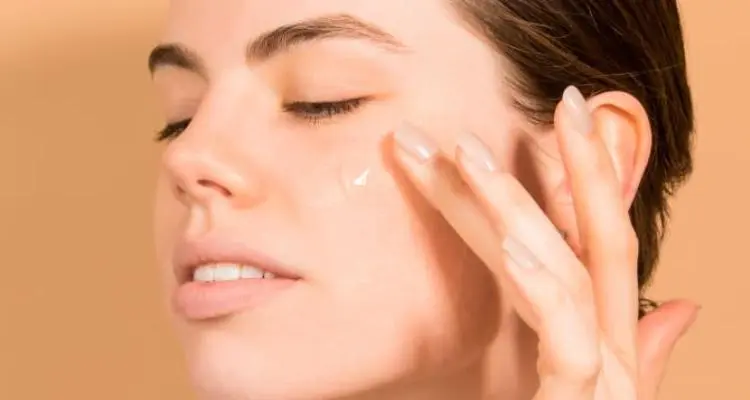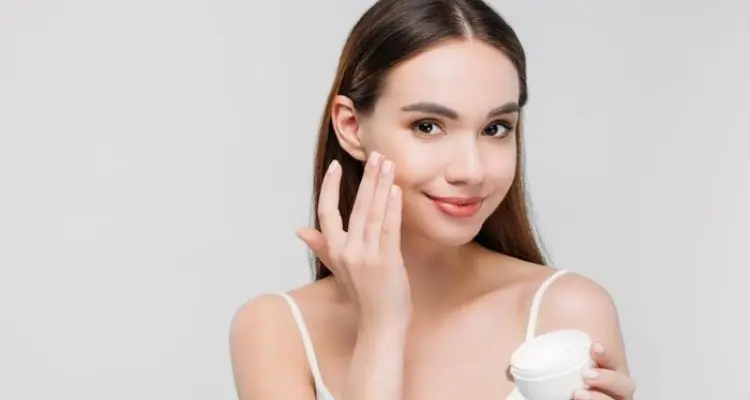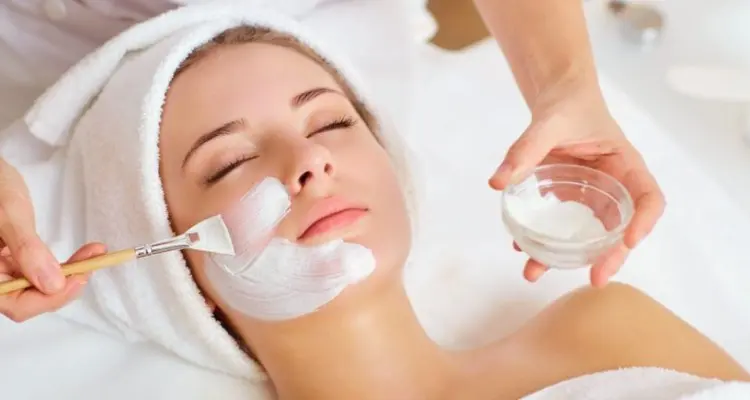Beneath the Surface: A Comprehensive Exploration of Acne Varieties
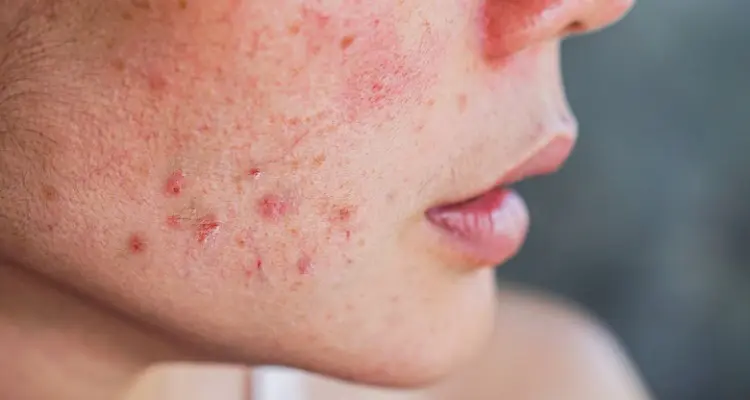
Acne is a common skin condition that affects people of all ages and skin types. It occurs when hair follicles become clogged with oil and dead skin cells, resulting in the formation of various types of lesions such as pimples, blackheads, whiteheads, cysts, and nodules.
While acne is generally considered a cosmetic concern, it can cause physical discomfort and psychological distress, particularly when it occurs in visible areas like the face, neck, and chest. In this article, we will explore the different types of acne and the underlying factors that contribute to their development.
1. Comedonal Acne
Comedonal acne is a type of acne that is characterized by the presence of comedones, which are small, skin-colored or white bumps that form when the hair follicles become clogged with sebum and dead skin cells. Comedones can be open (blackheads) or closed (whiteheads). Comedonal acne is typically seen in people with oily skin and can be aggravated by certain cosmetic products or medications.
Treatment for comedonal acne includes topical retinoids, which help to unclog pores and promote skin cell turnover, as well as salicylic acid or benzoyl peroxide, which help to reduce inflammation and kill acne-causing bacteria.
2. Inflammatory Acne
Inflammatory acne is a type of acne that is characterized by the presence of inflamed lesions, including papules, pustules, and nodules. Inflammatory acne occurs when the hair follicles become infected with bacteria, leading to an immune response that results in redness, swelling, and pus formation.
Inflammatory acne is often seen in people with oily or acne-prone skin and can be triggered by hormonal fluctuations, stress, and certain medications. Treatment for inflammatory acne includes topical and oral antibiotics, topical retinoids, and benzoyl peroxide.
3. Cystic Acne
Cystic acne is a severe form of acne that is characterized by the presence of large, painful, deep nodules and cysts that can cause scarring. Cystic acne occurs when the hair follicles become infected with bacteria and the immune response leads to the formation of large, deep lesions.
Cystic acne is often seen in people with severe acne and can be triggered by hormonal fluctuations, stress, and certain medications. Treatment for cystic acne includes oral antibiotics, oral retinoids, and intralesional steroid injections.
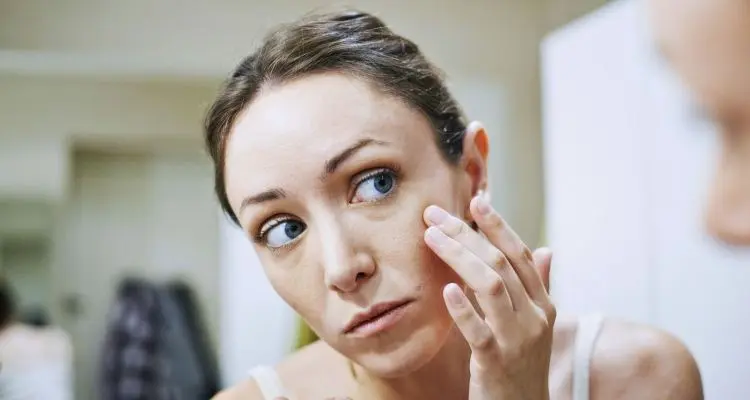
4. Hormonal Acne
Hormonal acne is a type of acne that is triggered by hormonal fluctuations, particularly an increase in androgen hormones. Androgens stimulate the production of sebum, which can lead to the development of acne.
Hormonal acne is typically seen in women, particularly during puberty, menstruation, and pregnancy. Treatment for hormonal acne includes hormonal therapy, such as birth control pills or spironolactone, which can help to regulate hormone levels and reduce sebum production.
5. Acne Mechanica
Acne mechanica is a type of acne that is caused by mechanical friction or pressure on the skin. This can be caused by wearing tight clothing, using sports equipment, or even resting your face on your hands.
Acne mechanica is typically seen in athletes and people who wear protective gear, and can be aggravated by heat and humidity. Treatment for acne mechanica includes avoiding the source of friction or pressure and using gentle, non-comedogenic skincare products.
In conclusion, acne is a complex skin condition that can be caused by a variety of factors, including hormonal imbalances, genetics, and external factors like heat and friction. Understanding the different types of acne and their underlying causes is essential to developing an effective treatment plan that targets the root cause of the condition.
It is also important to remember that acne is a treatable condition, and seeking the help of a dermatologist can make a significant difference in the management of acne.

